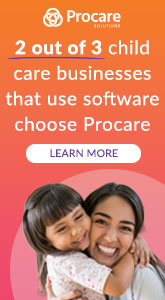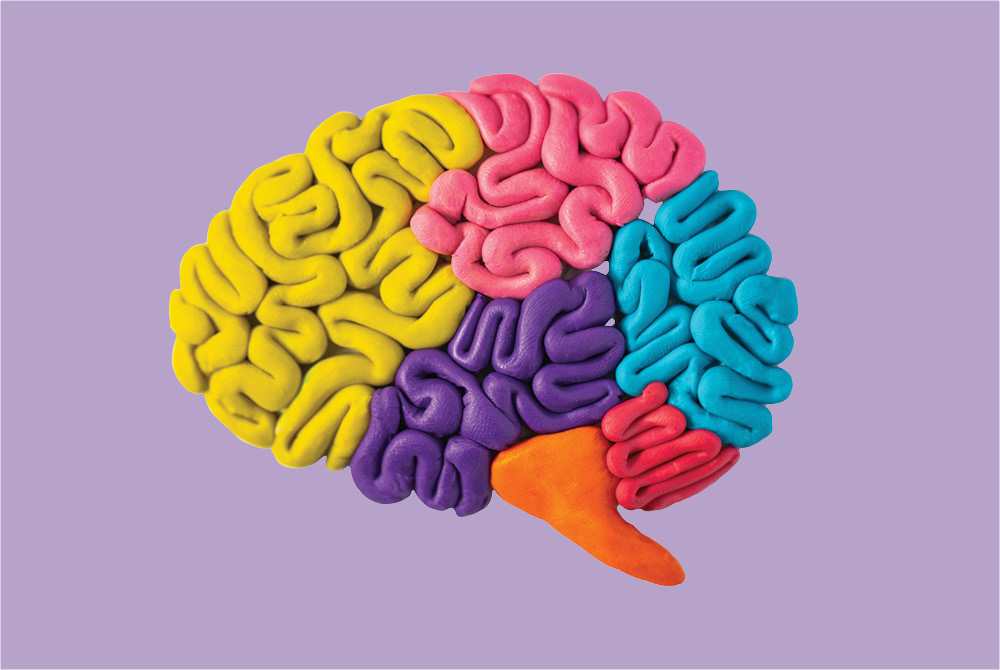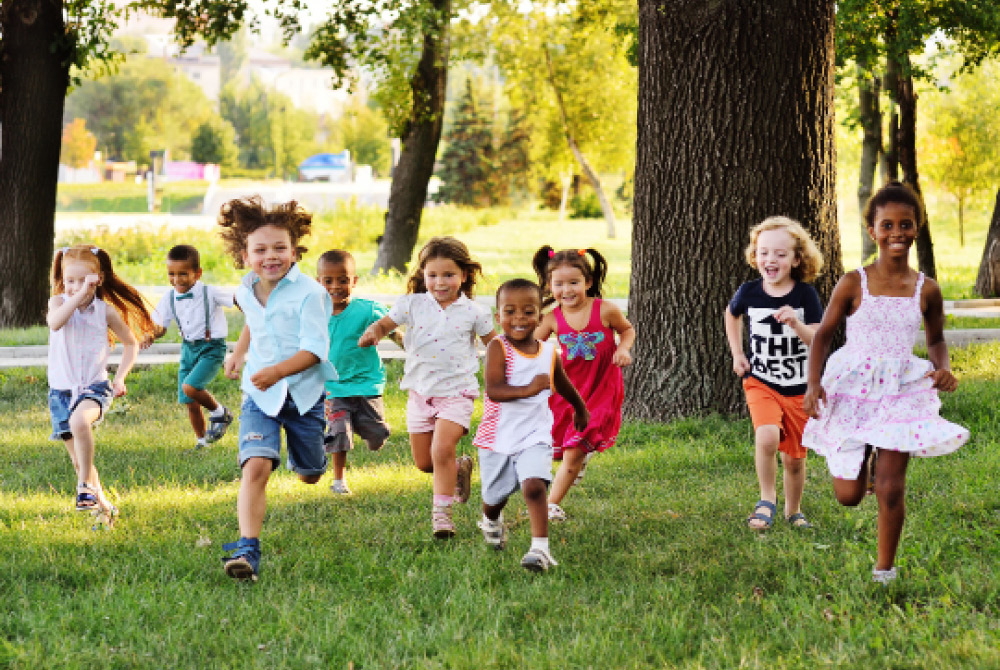During the shelter in place restrictions of the COVID-19 pandemic, many children discovered that, for the first time in their young lives, they had plenty of unstructured free time. Suddenly, their daily experience was much like that of their grandparents and parents, for whom childhood was brimming with open time. And something really interesting happened after kids consumed every movie, show and video game they were allowed: they became extremely bored. And because we adults had so much of our own work and caretaking to do, we did not rescue them from their boredom. They had to figure it out. After what seemed like an eternity, boredom (as it is wont to do, if we can just get past our discomfort with it,) allowed children to slow down and get carried away–opening up realms of creativity and ingenuity. My own kids played with toys, materials, and each other in ways they had never before. Philosopher Jean Jacques Rousseau (1762/1979) famously said that the most useful rule of education is “…not to save time but to squander it.” Indeed, losing track of time—wondering and wandering—is the path to deep and lasting learning.
Research Shows: Time in Childhood Has Changed Dramatically
Think back to your childhood. Did you ever lose track of time in the woods or playing with imaginary friends? Did afternoons, weeks or whole summers just spontaneously unfold? For centuries, most children decided how to spend their own hours, and they mostly spent them in play. Not so today. Children in the U.S. (even on the weekends; even in the summer) spend most of their time at scheduled, adult-designed activities. Yes, plans and schedules can make life more predictable and keep kids out of trouble. But tightly controlled timeframes and pressure for productivity can also thwart young children’s need for autonomy and competence, disrupting their natural motivation, and even harming their ability to learn (Van Der Kaap-Deeder, et al., 2019). Young children learn best when they get authentically absorbed in something, be it a beetle, a puzzle, or a puddle.
Parents and caregivers often feel pressured to structure free time in order to make it useful. They fear that if their children do not do engage in enrichment activities, they will be left behind in our highly competitive society. On the contrary, research shows that hyper-scheduling is harming children and unnecessarily worrying parents and teachers (Veritas, 2018). “[T]he idea that parents are responsible for entertaining a child or ‘keeping them busy’ is not present in the vast majority of cultures around the world, and definitely not throughout human history” (Doucleff, 2021). Kids desire most of all to be meaningful members of their ambient communities. This is their primary evolutionary goal, and we take valuable learning opportunities away from them when we construct constant artificial, child-centered schedules. Not only are time and energy culturally specific, but children are experts at learning the implicit values of the culture from their adults. For example, kindergarteners in Japan regularly meditate in school, for up to an hour at a time. Their teachers model stillness and instruct them to “melt like ice cream” into their mats. If the culture models being “on the clock,” constantly checking our messages, scheduling up every minute, and fearing downtime, our children will learn anxiety. Instead, we need to practice being joyfully present with children. They will begin to join us in our peaceful space, and to notice for themselves what is important to engage.
Research Shows: When Experiences Are Not Time-Bound, Learning Is Deeper
When any activity is time-limited, even an interesting one, children explore less and learn less. Preschool teacher Anamaria Garcia has noticed that her students will delve much more deeply into art projects during aftercare than they will during a daily 30-minute art block, even if the materials and opportunities are identical. She believes that the children can feel the time limitations and top-down nature of the regular school day, and so will not drop as deeply into creativity.
In a recent research study, students were invited to explore trivia questions and answers on a tablet, receiving a fun fact with each click, for example, “Pablo Picasso was one of the suspects in the Mona Lisa robbery in 1911,” or “A single blood cell takes around 60 seconds to pass through all the blood vessels in the human body.” For some of the students, there was a “Stop” button on the bottom of their touchscreen and for others it was absent. When a “Stop” button existed, the participants soon pushed it; and as a result, they explored the facts far less. If there was no “Stop” button at all, yet the students could stop at any time, they both explored and remembered significantly more facts (Ben‑Tov Sher, Levi‑Keren, & Gordon, 2019). Indeed, when we feel bound by time frames, we limit our curiosity, and in turn, our learning.
ADVERTISEMENT
Italian pediatrician and pedagogue Maria Montessori observed the same: young children in her classroom would keep their investigations on the surface if they felt that an interruption was imminent. On the other hand, when a child was allowed to work at his or her own pace, attention and engagement skyrocketed. Uninterrupted children, Montessori observed, “… began to be completely transformed, to become calmer, more intelligent, and more expansive” (1989). It can be exhausting for children to switch gears, and shifting attention requires complex neurocognitive operations, including activation of the medial prefrontal, superior and inferior parietal, medial parietal, and premotor cortices of the brain (Wager, et al., 2004).
When my son Alexei went to kindergarten, he would just begin to focus on an activity, when suddenly it was always time for something else. “Clean up time!” “Snack time!” his teacher would enthusiastically call after 15 minutes. As a classroom volunteer, I watched his little nervous system seize up with terror. Each transition was another wasted opportunity for genuine engagement. Deep learning cannot be scheduled into 15-minute spurts, even though it might take some children several tries before they become captivated by an activity. Instead of switching gears for the whole group, let’s begin to notice what individual children need. Try mixing the pacing. Let each child decide how much time they are going to spend on a particular activity or a task; empower them to make decisions about what is meaningful to them.
Research Shows: Unstructured and Unscheduled Time Builds Stronger Executive Functions
The ability to decide how to spend one’s own time, it turns out, is also valuable for learning to make other decisions, switch gears, and self-regulate in general. Research has confirmed that executive functions in young children—the number one predictor of long-term academic achievement and success in school—are positively impacted by the amount of unstructured time the child spends (Baker, et al., 2014; Nguyen & Duncan, 2019). It makes sense that to become good at executive functions, children need opportunities to practice them. Children need to spend time in that in-between space, in order to figure out how to handle problems, including the problem of how to spend time. Likewise, children need to practice endurance and patience in order to master these complex skills. Even boredom is important for kids to navigate. In fact, research shows that transcending boredom leads to enhanced creativity and motivation (Elpidorou, 2014).
When we swap free time for so-called “valuable learning activities,” we are in fact blocking children’s best learning opportunity: the chance to encounter and negotiate complexity. In a recent study, bilingual preschoolers gained significantly more second-language skills from non-academic, unstructured, playful activities than from teacher-structured academic activities designed for literacy (Markova, 2017). Neuroscience research has confirmed this, showing that the brain’s prefrontal cortex is activated and strengthened when kids attempt cognitive shifting and inhibitory control—complex cognitive maneuvers used when making their own decisions (Moriguchi & Hiraki, 2013; Smith et al., 2017). Let’s try being patient with the unknowns of unstructured and unscheduled time, as opposed to organizing each moment. This messy and complex version of spending time is essential for the brain growth that underpins learning.
Research Shows: Faster and Sooner Is Not Better
Increasingly, caregivers and teachers are being pressured, by our efficiency-obsessed milieu, to present particular skills and experiences at younger and younger ages, and to cram more and more content in their daily, weekly, yearly schedules. Too often, preschool is regarded as a preparation for kindergarten itself, in the service of elementary school success. Instruction has supplanted a former focus on socialization, play, and exploration for young children. Meanwhile, standardized assessments are putting pressure onto the lower grades to focus time on tasks and to power through worksheets that prove learning (Gallant, 2009). Early academics, our school culture tells us, will keep kids from “falling behind.” However, the cognitive and developmental science research shows unequivocally that the opposite is true.
It is a myth that reaching a developmental or cognitive milestone sooner means that it will be done better. Children need time to dwell in each unique developmental stage. A host of studies show that early advantages do not hold up. One key study compared children who learned to read at age 5 with those who learned to read at age 7, and found no significant difference in reading skills between the two groups at age 12 (Suggate et al., 2013). Studies show the same for motor milestones such as sitting or walking sooner, none of which predict future motor abilities or cognitive outcomes (Jenni et al., 2013). Likewise, a recent study found that children who had difficulties with number sense at the beginning of kindergarten achieved the same as their peers given time and experience in counting, number knowledge, number transformation, estimation, and number patterns (Jordan et al., 2006). Although this data goes against our folk wisdom that “quick equals smart,” it is consistent with the fundamental developmental science principle of equifinality: there are many different developmental pathways to the same outcome (Gottlieb, 2003).
The multiplying and endless academic tasks, along with hyped-up productivity, management, measurement, and control are emblematic of linear notions of time. But more nonlinear and dynamic ways of spending time yield better results when it comes to deep learning. Optimal development is never in the service of end products, but requires enough time in each developmental stage, accepting and allowing for uncertainty along the path, and being at peace with the process before knowing the outcomes. Complete absorption by young children is the number one foundation of transformational learning, and yet it cannot be scheduled in. We need to slow down and be present for that magic to emerge.
References
Barker, J.E., Semenov, A.D., Michaelson, L., Provan, L.S., Snyder, H.R., & Munakata, Y. (2014). Less structured time in children’s daily lives predicts self-directed executive functioning. Frontiers in Psychology | Developmental Psychology, 5(593), 1-16.
Ben‑Tov Sher, K., Levi‑Keren, M., & Gordon, G. (2019). Priming, enabling and assessment of curiosity. Education Technology Research & Development, 67, 931–952.
Doucleff, M. (2021). Hunt, gather, parent: What ancient cultures can teach us about the lost art of raising happy, helpful little humans. Simon & Schuster.
Elpidorou, A. (2014). The bright side of boredom. Frontiers of Psychology, 5, 1-4. doi.org/10.3389/fpsyg.2014.01245
Fuhs, M.W., Farran, D.C., & Nesbitt, K.T. (2015). Prekindergarten children’s executive functioning skills and achievement gains: The utility of direct assessments and teacher ratings. Journal of Educational Psychology, 107(1), 207–221. doi.org/10.1037/a0037366
Gallant, P.A. (2009). Kindergarten teachers speak out: “Too much, too soon, too fast!” Reading Horizons: A Journal of Literacy and Language Arts, 49(3). scholarworks.wmich.edu
Gottlieb, G. (2003). Probabilistic epigenesis of development. In J. Valsiner, and K. J. Connelly (Eds.), Handbook of developmental psychology (pp. 3–17). Sage.
Jordan, N.C., Kaplan, D., Olah, L.N., & Locuniak, M.N. (2006). Number sense growth in kindergarten: A longitudinal investigation of children at risk for mathematics difficulties. Child Development, 77(1), 153-175.
Markova, I. (2017). Effects of academic and non-academic instructional approaches on preschool English language learners’ classroom engagement and English language development. Journal of Early Childhood Research, 15(4), 339-358.
McHale, S.M., Crouter, A.C., & Tucker, C.J. (2001) Free-time activities in middle childhood: Links with adjustment in early adolescence. Child Development, 72(6), 1764-1778.
Montessori, M. (1989). To educate the human potential. Clio Press.
Moriguchi, Y., & Hiraki, K. (2013) Prefrontal cortex and executive function in young children: A review of NIRS studies. Frontiers in Human Neuroscience, 7, 867. doi.org/10.3389/fnhum.2013.00867
Jenni, O.G., Chaouch, A., Caflisch, J., & Rousson, V. (2013). Infant motor milestones: Poor predictive value for outcome of healthy children. Acta Paediatrica, 102(4): e181. doi.org/10.1111/apa.12129
Nguyen, T., & Duncan, G.J. (2019). Kindergarten components of executive function and third grade achievement: A national study. Early Childhood Research Quarterly, 46, 49-61. doi.org/10.1016/j.ecresq.2018.05.006
Rousseau, J.J. (1762|1979). Emile: Or, on Education. Basic Books.
Smith, E., Anderson, A., Thurm, A., Shaw, P., Maeda, M., Chowdhry, F., Chernomordik, V., & Gandjbakhche, A. (2017). Prefrontal activation during executive tasks emerges over early childhood: Evidence from functional near infrared spectroscopy. Developmental Neuropsychology, 42(4), 253–264. doi.org/10.1080/87565641.2017.1318391
Suggate, S.P., Schaughency, E.A., & Reese, E. (2013). Children who learn to read later catch up to children who learn to read early. Early Childhood Research Quarterly, 23, 33–48.
Van Der Kaap-Deeder, J., Soenens, B., Mabbe, E., Dieleman, L., Mouratidis, A., Campbell, R., & Vansteenkiste, M. (2019). From daily need experiences to autonomy-supportive and psychologically controlling parenting via psychological availability and stress, Parenting: Science and Practice, 19, 1–26. doi.org/10.1080/15295192.2019.1615791
Veritas, D. (2018, January 29). 3 Ways over-scheduling can hurt your kids. American College of Pediatricians. archive.acpeds.org
Wager, J., & Reading (2004). Neuroimaging studies of shifting attention: a meta-analysis.
NeuroImage, 22, 1679–1693. doi.org/10.1016/j.neuroimage.2004.03.052
Wenner M. (2009). The serious need for play. Scientific American Mind, 20(1), 22-29.
Wendy L. Ostroff, Ph.D., is an applied developmental and cognitive psychologist and professor in the Hutchins School of Liberal Studies at Sonoma State University, a pioneering interdisciplinary and seminar-based program that prepares prospective teacher/learners to be critical readers, writers, and thinkers who bridge cognitive science with innovative pedagogies. The author of the books "Understanding How Young Children Learn" (2012), "Cultivating Curiosity in K-12 Classrooms" (2016), and "Empowering Young Children" (2022), Ostroff is an award-winning educator with more than 20 years of experience in state-of-the-art teacher training. She leads workshops and professional development events worldwide on curiosity, cognition, and the brain.
Related
ADVERTISEMENT












